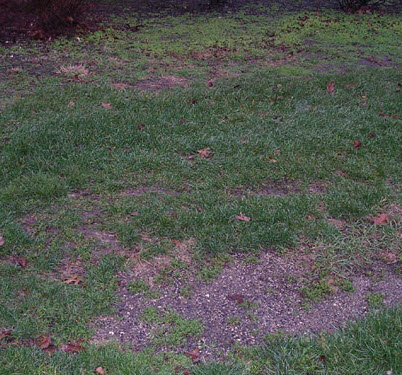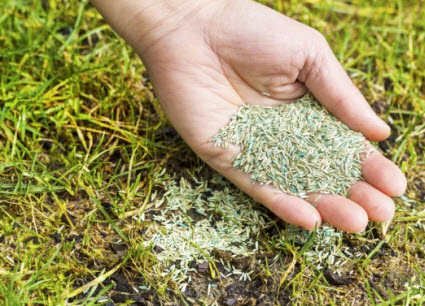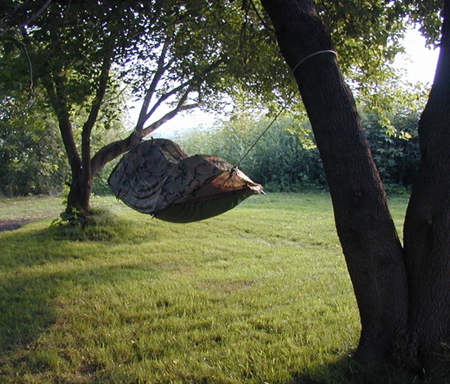Click below to listen to my 2 min. Garden Bite radio show: Dormant seeding your lawn
Audio PlayerIt’s the first week of November already and you didn’t get to seeding those dead spots in your lawn. That’s okay, dormant seeding is doable.

This practice involves seeding when temperatures are too low for the seed to germinate prior to winter. The trick is to find the time when soils are unfrozen so that seed can be worked in slightly, yet air temperatures must be cold enough so the seed won’t germinate.

With our freeze/thaw cycles, the grass seed tends to sink further down into the soil, still, I suggest you do a light raking in. The Lawn Coach says a 1/2 inch. I don’t think you need to get too picky about that….
Is there an advantage to dormant seeding versus spring seeding? Yes and no. A dormant seeded lawn could mature as much as one month faster in the spring than a spring seeded lawn. This is because some of the germination process actually starts prior to winter in a dormant seed situation, although the shoots still haven’t emerged from the seed.

When temperatures are adequate in the spring, complete germination occurs. In this case the seed actually dictates when temperatures are warm enough to grow. Just like late-fall, temperatures and weather patterns can be unpredictable in the spring. For this reason, the best timing for spring seeding is difficult to predict, which can delay the timing to actually sow seed.
Still, there are some negative aspects of dormant seeding to consider. First, because of the spring temperature fluctuations, it is possible to have good seedling establishment initially, but a cold spell during this time will injure these seedlings. Also, there is a greater potential for seed loss over the winter due to erosion and water movement and decay.

Gertens has a quick tutorial and also sells a great number of grass seed types. Check your local garden center.
REMEMBER, IF YOU CAN’T CATCH MY RADIO SHOW, I’M PODCASTING ON 8 PLATFORMS! INCLUDING APPLE AND GOOGLE
